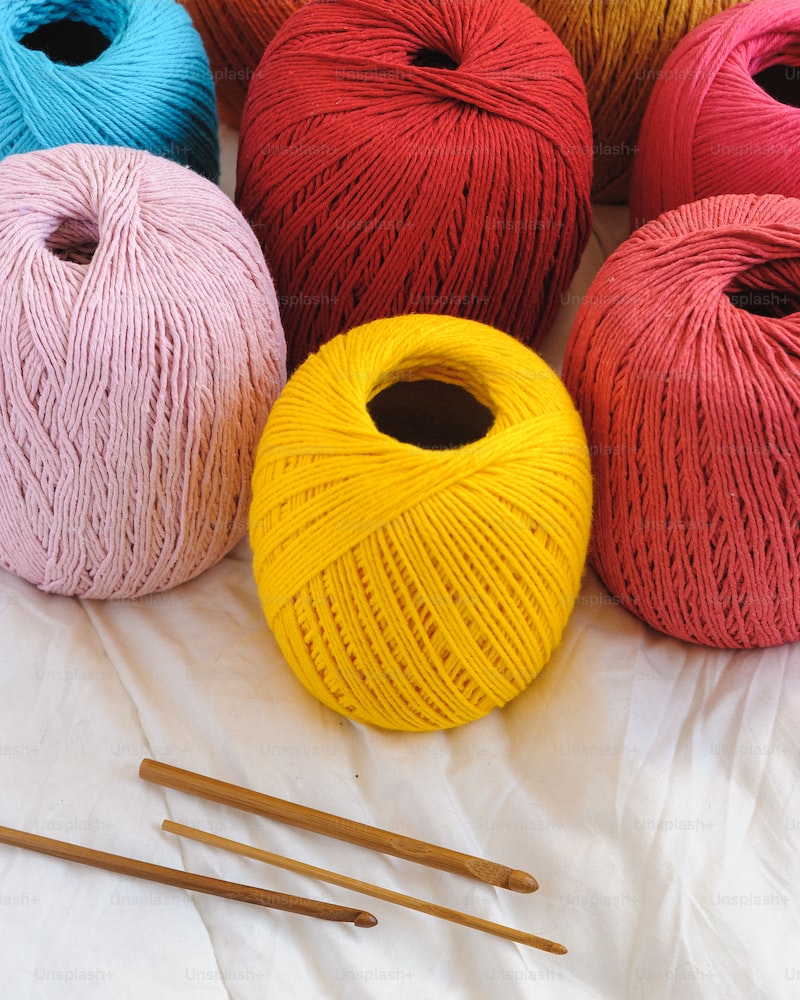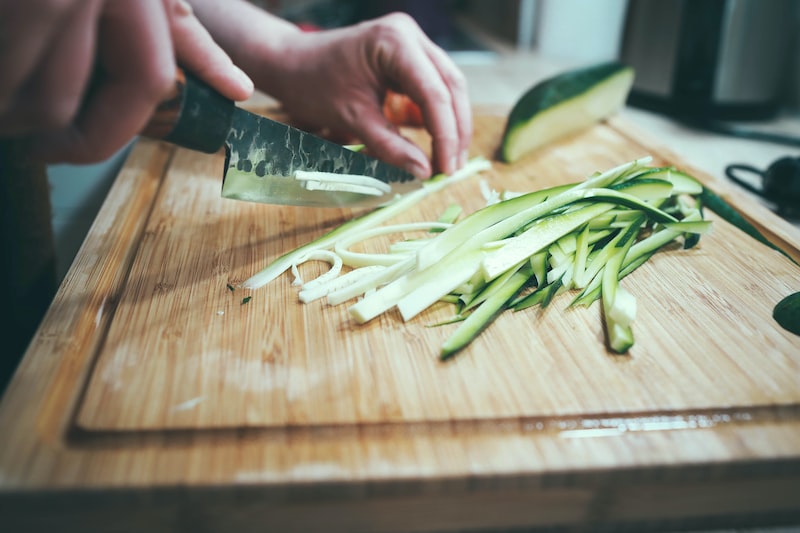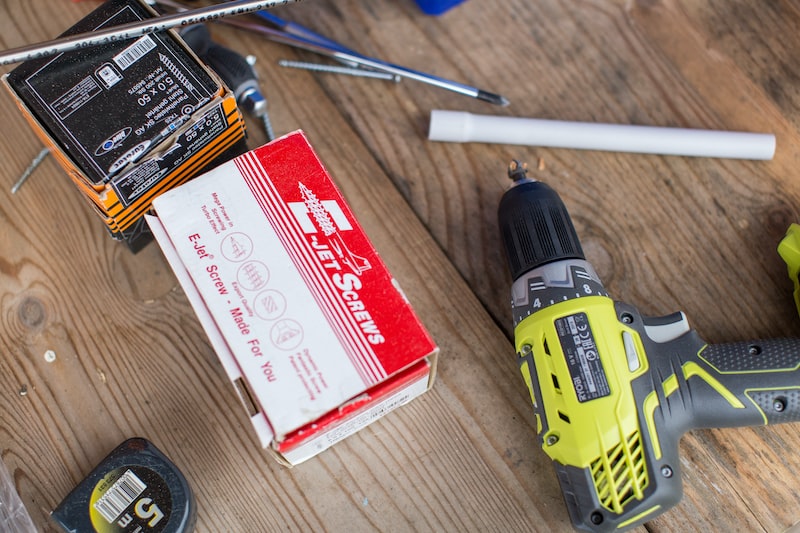Table of Contents
Are you a beginner looking to dive into the world of staircase crafting? If so, one of the fundamental skills you need to master is cutting stringers. Stringers are the diagonal boards that support the steps of a staircase, and getting them right is crucial for a sturdy and aesthetically pleasing result. In this article, we’ll walk you through the process of cutting stringers, providing you with the knowledge you need to tackle this task with confidence.
Before you start cutting, it’s essential to determine the dimensions and specifications of your staircase. Take careful measurements of the total rise (the height from the floor to the landing) and the total run (the horizontal distance covered by the staircase). This information will help you calculate the number of steps needed and the rise and run of each individual step.
Once you have these measurements, it’s time to lay out your stringers. To do this, you can use a framing square or a specialized stair jig. These tools will enable you to mark the positions of the steps and the angles at which the stringers need to be cut. Remember to account for the thickness of the treads and risers when marking the steps.
When it comes to actually cutting the stringers, you have a few options. You can use a circular saw with a guide, a jigsaw, or even a handsaw if you prefer a more traditional approach. Make sure to follow the marked lines precisely and take your time to ensure accurate cuts.

Once your stringers are cut, it’s time to test their fit. Place them in position and check if they align properly with the treads and risers. You may need to make some adjustments by trimming or sanding the stringers until they fit snugly.
Cutting stringers may seem daunting at first, but with practice and attention to detail, you’ll soon master this essential skill. So roll up your sleeves, grab your tools, and get ready to craft a beautiful staircase that will leave everyone in awe of your woodworking abilities.
Mastering the Art of Staircase Crafting: A Beginner’s Guide to Cutting Stringers
Are you ready to embark on a journey of mastering
the art of staircase crafting? If you’re a beginner eager to learn the skill of cutting stringers, then this guide is tailored just for you. In this article, we’ll delve into the intricacies of creating beautiful and sturdy staircases that will leave everyone in awe.Stringers are an essential component of any staircase. They are the diagonal, sloping boards that provide support and structure to the steps. Before you start cutting stringers, it’s vital to understand the fundamental concepts involved. Imagine stringers as the backbone of your staircase, ensuring its stability and strength.
First things first, gather the necessary tools for this project. You’ll need a measuring tape, pencil, speed square, circular saw, and safety gear like goggles and gloves. Safety should always be a priority when working with power tools.

To begin, measure the total rise and run of your staircase. The rise refers to the vertical distance between two floors, while the run represents the horizontal distance. With these measurements in hand, you can calculate the number of steps required and the dimensions of each tread and riser.
Now, let’s talk about cutting the stringers. Start by determining the length and width of your stringer board, which depends on the height and width of your stairs. Then, transfer the measurements onto the board using a pencil and square. Remember, accuracy is key!
With your measurements marked, carefully cut along the lines using a circular saw. Take your time and ensure a clean and precise cut. Once you have your first stringer, use it as a template to cut additional stringers for consistency.
As you progress, remember to make adjustments for the thickness of the treads and risers to maintain uniformity. It’s also crucial to double-check your measurements at every step to avoid any mistakes.
Congratulations! You’ve now mastered the basics of cutting stringers for your staircase. With practice and patience, you’ll hone your skills and create stunning staircases that will be the envy of all. So, grab your tools, put on your safety gear, and let your creativity flow as you embark on this staircase crafting adventure!
Unlocking the Secrets of Staircase Construction: Essential Tips for Cutting Stringers
Have you ever marveled at the beauty and functionality of a well-designed staircase? Stairs are not just a means to move from one level to another; they can also elevate the aesthetic appeal of a space. If you’re considering building or renovating a staircase, it’s crucial to understand the secrets behind its construction. In this article, we will delve into the essential tips for cutting stringers, a fundamental aspect of staircase construction.
The stringers form the structural support for the stairs, providing stability and strength. They are the diagonal pieces that connect the steps to the upper and lower floorings. Cutting stringers accurately is essential for ensuring a safe and sturdy staircase.
When embarking on the task of cutting stringers, precision is key. Start by determining the rise and run of your staircase. The rise refers to the vertical height between each step, while the run is the horizontal distance. Knowing these measurements will help you calculate the number of steps needed and determine the angle of the cuts on the stringers.
To cut the stringers, you can use either a framing square or specialized stair gauges. These tools allow you to mark the correct angles and lengths on the stringer board, making the cutting process more manageable and accurate.
Remember, safety should always be your top priority. When using power tools, such as a circular saw, wear protective gear like goggles and gloves. Take your time and make precise cuts, following the marked lines closely.
Additionally, consider the material you choose for your stringers. Wood is a popular choice due to its strength and durability, but other options like metal or composite materials might better suit your needs. It’s important to select a material that complements your overall staircase design while providing adequate support.
mastering the art of cutting stringers is a vital skill for anyone involved in staircase construction. By understanding the rise and run, using the right tools, practicing precision, and prioritizing safety, you can unlock the secrets of a well-constructed staircase. So, grab your tools, measure twice, and cut once, as you embark on creating a stunning staircase that will impress for years to come.
From Novice to Expert: How to Cut Stringers Like a Pro in Staircase Crafting
When it comes to staircase crafting, one crucial skill that can elevate your work from novice to expert is the art of cutting stringers. Stringers are the diagonal boards that support the treads and risers of a staircase. Achieving precise and accurate cuts is essential for a well-constructed and visually appealing staircase. In this article, we will explore some tips and techniques to help you cut stringers like a pro.
First and foremost, it’s important to have the right tools for the job. A good-quality circular saw with a sharp blade is a must. Additionally, a speed square, measuring tape, and a pencil will come in handy for marking and measuring your cuts.


Before you begin cutting, take accurate measurements of the rise and run of your staircase. The rise is the vertical distance between each step, while the run is the horizontal distance. These measurements will determine the angle and length of your stringers.
To calculate the angle for your stringers, you can use a stair calculator or a mathematical formula. However, a simple and practical method involves using a framing square. Place the square against the edge of the stringer board, aligning the rise measurement with one leg of the square and the run measurement with the other leg. Mark the angle on the board and repeat the process for each stringer.
Once you have determined the angle, it’s time to mark the actual cuts on your stringer boards. Begin by marking the top and bottom of each stringer. Then, using your square and measurements, mark the location of each step along the stringer.
With all the markings done, it’s time to make the cuts. Secure the stringer board firmly and make sure it’s level. Start by making the horizontal cuts at the bottom and top of the stringer. Next, carefully cut along the marked lines to create the steps. Take your time and be precise with each cut.
After cutting the stringers, it’s essential to test their fit. Place the stringers in position and check if they align correctly with the treads and risers. Make any necessary adjustments before securing them permanently.
Cutting stringers may seem intimidating at first, but with practice and attention to detail, you can master this skill. Remember to prioritize safety throughout the process by wearing appropriate protective gear and using proper techniques. Soon enough, you’ll be cutting stringers like a pro, creating stunning staircases that showcase your craftsmanship and expertise.
Revamp Your Home with Custom Stairs: Beginner-Friendly Techniques for Cutting Stringers
Are you looking to revitalize your home and add a touch of elegance? Custom stairs can be the perfect solution. They not only enhance the aesthetic appeal of your space but also offer functionality and durability. One crucial aspect of building custom stairs is cutting stringers, the supporting structures that hold the treads and risers in place. In this article, we will guide you through beginner-friendly techniques for cutting stringers, helping you create stunning stairs that reflect your personal style.
Cutting stringers may seem intimidating at first, but with the right approach, it becomes a manageable task. Start by gathering your tools—a measuring tape, pencil, circular saw, and a framing square. Begin by determining the rise and run of your stairs. The rise refers to the vertical height between each step, while the run represents the horizontal distance. Measure carefully to ensure accurate calculations as any inconsistencies can affect the stability of your stairs.
Once you have the measurements, use the framing square to mark the top and bottom of your stringer board. This will serve as a guide for cutting out the individual steps. Remember, safety should always come first, so wear protective gear such as goggles and gloves before operating the circular saw.
Next, make the cuts along the marked lines, ensuring precision and smoothness. Take it slow, allowing the saw to do the work while you maintain control. Regularly check your progress to ensure accuracy and adjust if necessary. As you complete each cut, remove the waste material to keep your workspace clean and tidy.
As a beginner, it’s essential to double-check your measurements and angles to avoid any errors. Remember, practice makes perfect, so take your time and don’t rush the process. With patience and attention to detail, you’ll achieve professional-looking results.
cutting stringers for custom stairs doesn’t have to be a daunting task. By following these beginner-friendly techniques, you can create beautiful stairs that add charm and character to your home. Just remember to gather the necessary tools, measure accurately, and make precise cuts. With each step, you’ll bring your vision to life and transform your space into a stunning showcase of craftsmanship. So go ahead, revamp your home with custom stairs and embark on a journey of design and creativity.





